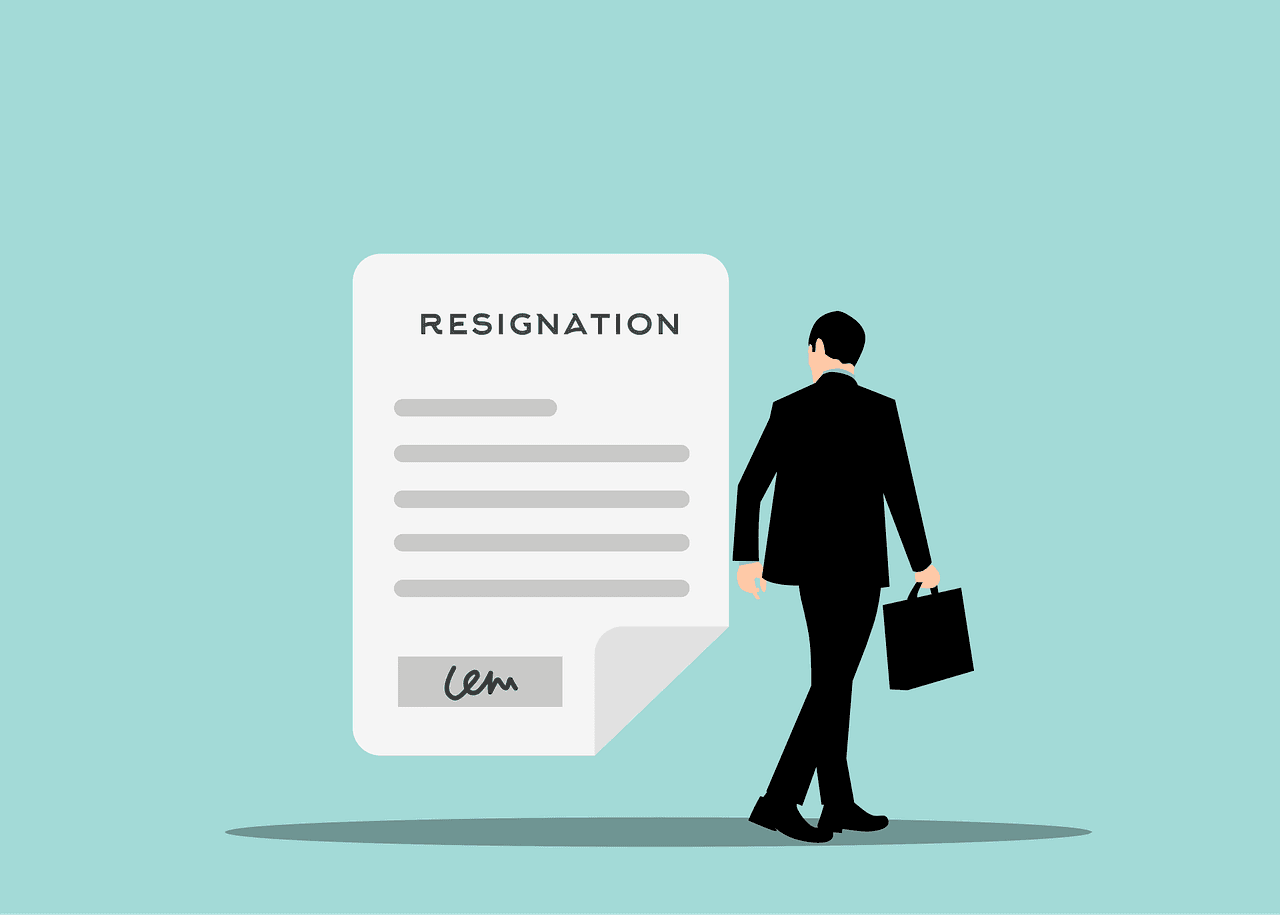What Percentage of B2B Marketing Emails Never Reach the Inbox in 2025?

A message that never reaches the inbox might as well not exist. Some addresses are invalid and bounce, some servers reject mail when they glitch, and a lot of messages land in spam folders that few people check. In 2025, Mailtrap reports an average inbox placement rate of about 85%. That means around 15% of B2B email marketing emails never reach the inbox, or about 15 out of every 100 you send.
TL;DR
- About 15% of B2B email marketing emails don’t land in the inbox.
-
What is the email deliverability best practice?: keep your email lists clean, authenticate your domain with SPF, DKIM, and DMARC, and re-verify quarterly.
Year-by-Year Inbox Placement
| Year | Average Inbox Placement | % That Don’t Reach the Inbox | Sources |
|---|---|---|---|
| 2022 | ~84.2% | ~15.8% | Influencer Marketing Hub summary of April 2022 tests. |
| 2023 | ~86% | ~14% | EmailToolTester’s June 2023 test range of 83–89% placement. |
| 2024 | ~83.2% | ~16.8% | EmailToolTester: 16.9% miss. Validity: 16.7% miss. Combined miss average ~ 16.8%. |
| 2025 (YTD) | ~85% (directional uptick) | ~15% | Mailtrap: ~85% inbox placement. GlockApps: Q2 2025 deliverability rose ~2-6% vs Q1 2025. |
What the 15% Miss Rate Means for B2B Email Deliverability
The 15% represents messages that never reach a real inbox. They’re either rejected at the server level, because the address is invalid, or land in spam where people rarely see them.
The pattern has remained constant for the last several years:
-
2022: ~15.8% missed
-
2023: ~14% missed
-
2024: ~16.8% missed
-
2025: ~15% missed
So even as filters improve and senders strengthen authentication, about one in six B2B emails still fails to reach the inbox.
Why Emails Fail Deliverability or Land in Spam
-
Authentication gaps. Missing or misaligned SPF, DKIM, or DMARC records are still a leading cause of rejection or spam placement.
a. SPF, DKIM, and DMARC are email authentication methods that confirm who sent a message and whether it was changed. SPF lists approved senders, DKIM adds a digital signature, and DMARC applies rules based on those checks.
-
Data decay. B2B contact lists lose about 22% of addresses per year as people change jobs or domains expire. You can see our blog that goes in depth into data decay here.
-
Low engagement. Consistently low opens or clicks tell providers that your messages have low value, which harms your sender reputation.
-
Shared IP pool.
Many marketers send from shared IP pools, which is a group of mail servers that share the same sending reputation. If one sender in the pool spams or triggers filters, it can lower inbox placement for everyone using that pool. (Mailgun)
How to Improve Email Deliverability and Inbox Placement
Re-verify every quarter.
Use software validation and human reviews to remove inactive or
invalid addresses. See our blog for a detailed guide on how to do this
here.
Authenticate fully.
SPF, DKIM, and DMARC alignment is now necessary to meet Gmail and
Yahoo standards. To meet these standards, add all three records to your
domain’s DNS, and make sure the domain in those records matches the one
in your “From” address.
Warm up gradually.
Increase the volume of emails you send for new domains or IPs in
stages since large spikes can trigger filters. Start with a small batch
of emails, then increase the number slowly to build a stronger sender
reputation and to stay out of spam.
Monitor sender reputation and engagement signals.
Remove unopened and bounced emails to maintain domain reputation
Use a dedicated IP if your volume is high enough.
It keeps your sender reputation separate from others.
The Takeaway
In 2025, about 15% of B2B marketing emails never reach the inbox, based on data from GlockApps and other sources. Deliverability remains constant but strict, with one in six emails still lost to filters, bounces, or rejections.
Marketers who treat deliverability as an ongoing effort, and not a one-time task, focus on building trust with inbox providers. They send on a constant schedule, keep lists clean, use proper authentication, and write messages people want to open. Good deliverability comes from constant habits and not a single fix, which is why their emails land in more inboxes.
FAQ
What causes emails to not reach the inbox?
Most delivery failures come from bad lists, expired contacts, missing authentication such as SPF, DKIM, or DMARC, and low engagement that makes senders look unreliable.
How can I improve my inbox placement?
Verify contacts on a regular schedule, authenticate your domain with SPF, DKIM, and DMARC, warm up new domains or IPs in small steps, and remove bounces after every send.
Does Gmail or Yahoo filtering affect B2B senders?
Yes. Google and Yahoo enforce authentication and reputation requirements for all senders as of 2024, so you must comply to maintain deliverability.
Ready to reach fresh, human-verified leads today?
Start for FreeRelated articles
How to Call B2B Cell Phones Without Losing Trust
Learn how B2B teams use mobile numbers carefully in cold outreach. See when to call a work cell, how to respect consent and do not call requests, and how to protect the trust people have in your brand while still staying within telemarketing rules in the United States.
How To Safely Blend First Party And Third Party B2B Data
Use your own first-party data to define your ICP, then fill the gaps with human-verified B2B contact lists. Learn how to merge both without disrupting your CRM.
Why Today’s Job Market Quickly Breaks Your CRM
See the key labor market stats behind job hopping and job hugging and learn why fast job changes cause your CRM to become outdated in under two years.


